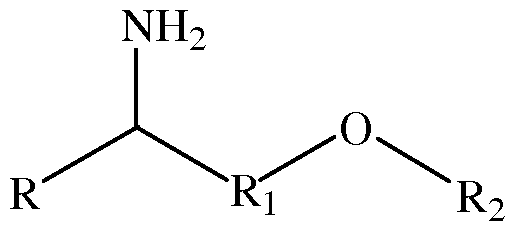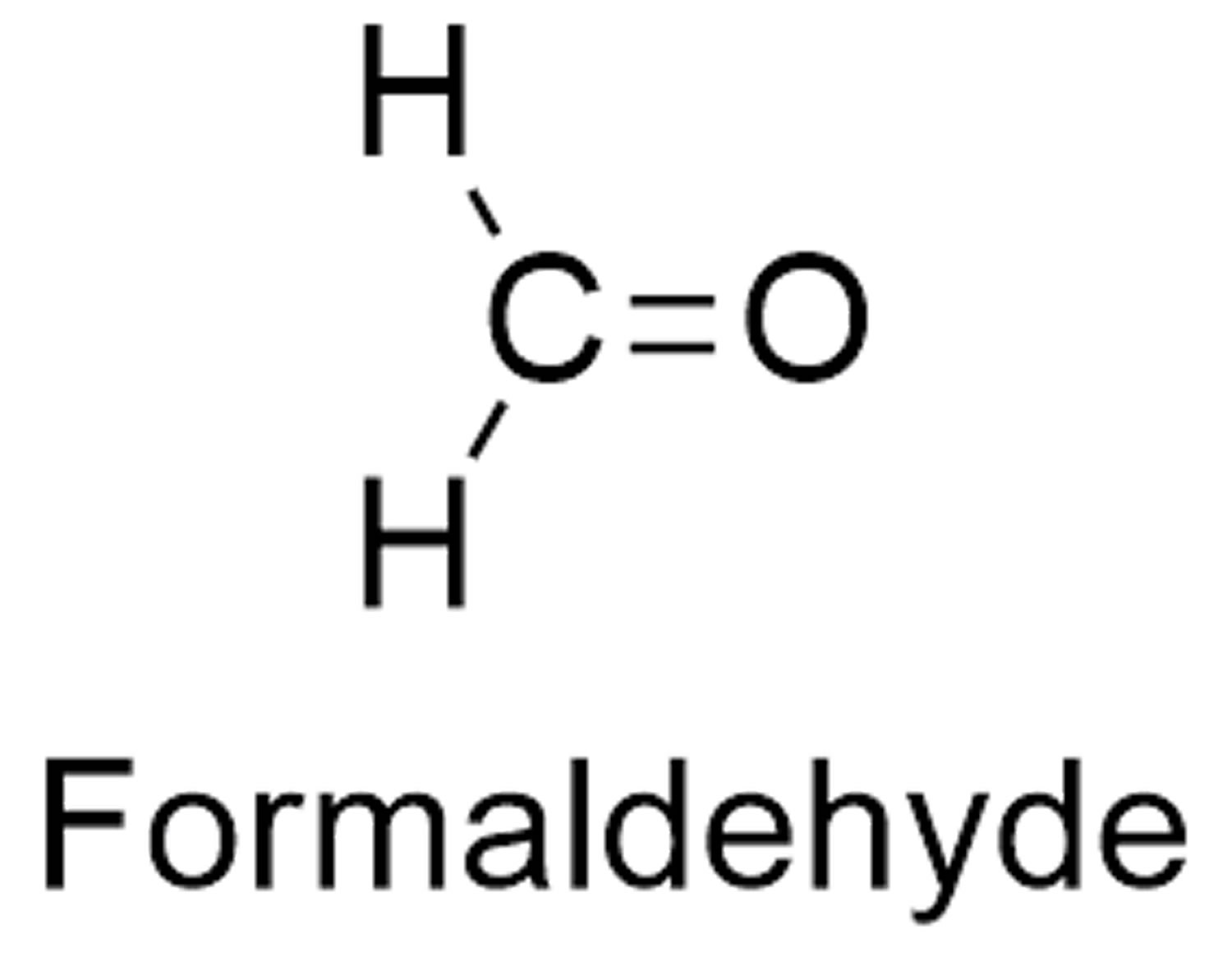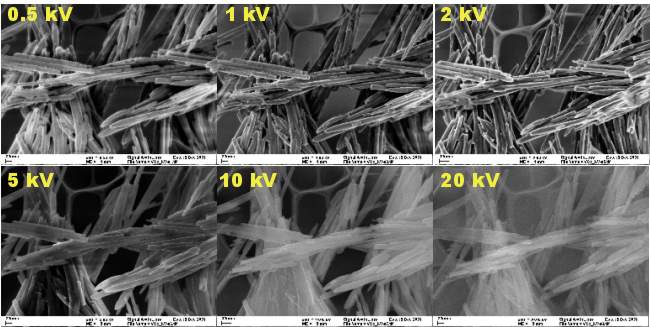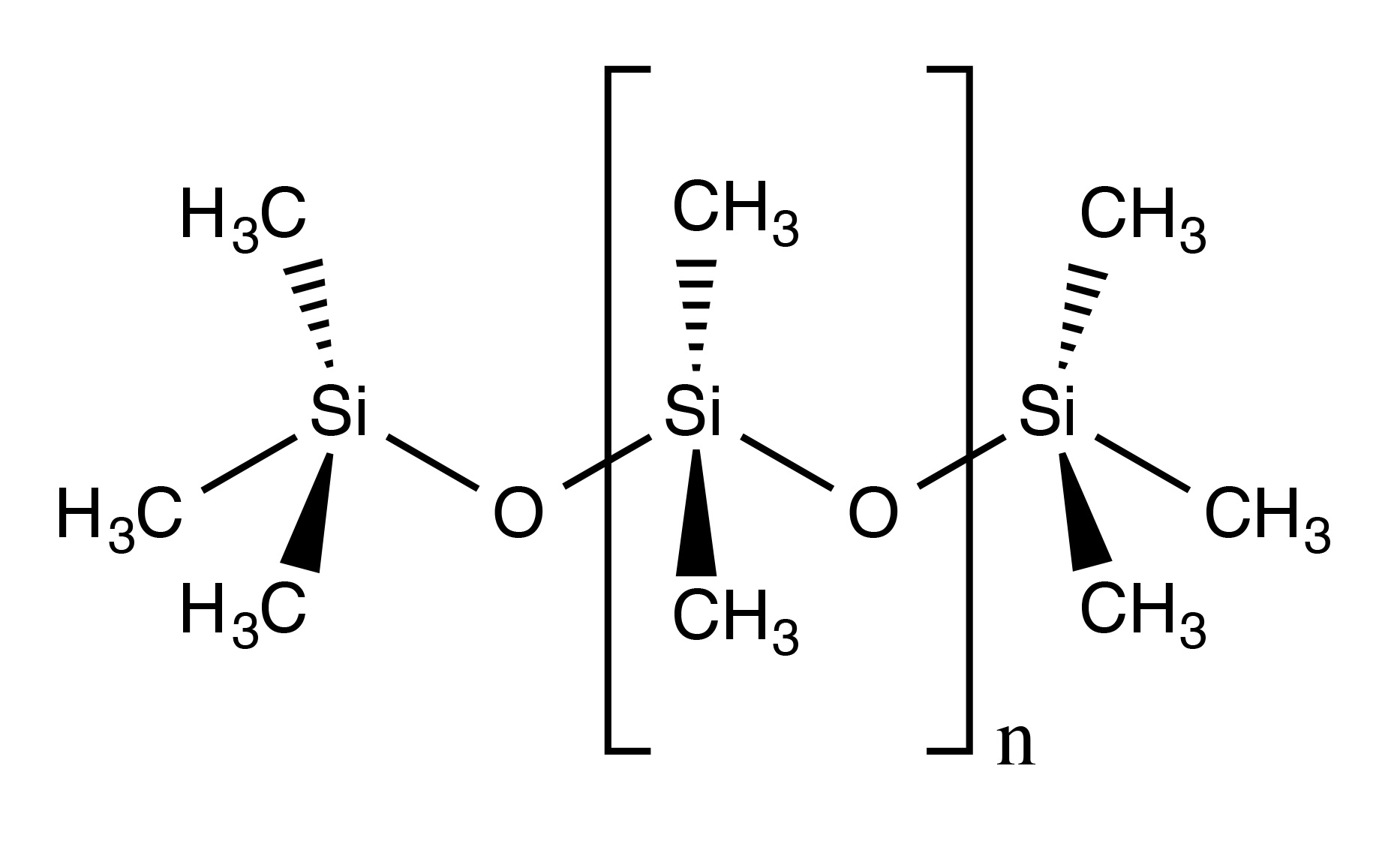Joseph Sabol Methane Mitigation Resources
Global Methane Tracker
American Chemical Society
August 18-22, 2024
Denver, Colorado
Division of Energy & Fuels (ENFL)
Elevating the Discussion around Methane
The current global market value of methane (natural gas) is $105 billion and is projected to grow at least 5% per year. Methane is second in terms of contribution to the greenhouse gas inventory, between carbon dioxide and nitrous oxide, and accounting for about 30% of the global warming since the industrial revolution; the atmospheric concentration of methane is increasing faster than at any time since record keeping began in the 1980s. Methane’s savior is its mean atmospheric lifetime of about ten years, providing a near-term opportunity to mitigate its atmospheric concentration, the imbalance between natural sources and sinks. This symposium includes methane sources and sinks, measurement, control, and use technology, climate modeling, regulatory impacts, and market supply and demand.
American Chemical Society
March 17-22, 2024
New Orleans
Division of Energy and Fuels (ENFL)
Methane: Useful fuel and feedstock, but potent greenhouse gas
The current global market value of methane is $90 billion. Methane is a useful fuel and chemical feedstock, but it is a far more potent greenhouse gas than carbon dioxide, accounting for about 30% of the global warming since the industrial revolution. Unfortunately, the atmospheric concentration of methane is increasing faster than at any time since record keeping began in the 1980s. However, with a mean atmospheric lifetime of about ten years, control of methane emission can provide a near-term opportunity to mitigate global warming and meet the 2015 Paris Accord climate goals of the Intergovernmental Panel on Climate Change. This symposium is focused on methane sources and sinks, methane databases, measurement technology, climate modeling, and market supply and demand.
American Chemical Society
Rocky Mountain Regional Meeting (RMRM) 2023
Laramie, WY Sept 15-17, 2023
Methane: Useful Fuel and Feedstock, but Potent Greenhouse Gas
Natural gas (methane) is a useful fuel and chemical feedstock, but it is a far more potent greenhouse gas than carbon dioxide. Unfortunately, the atmospheric concentration of methane is increasing faster than at any time since record keeping began in the 1980s. However, with a mean atmospheric lifetime of about ten years, control of methane emission can provide a near-term opportunity to mitigate global warming and meet the 2015 climate goals of the Intergovernmental Panel on Climate Change. This symposium focuses on methane sources and sinks, measurement technology, climate modeling, and market supply and demand.
American Chemical Society, San Francisco, August 13-17, 2023
Industrial & Engineering Chemistry (I&EC)
Understanding and Reducing Anthropogenic Emissions of Methane: Harnessing the Power of Data
Methane is a far more potent greenhouse gas than carbon dioxide, but it has a far shorter residence time in the atmosphere. Unfortunately, the atmospheric concentration of methane is increasing faster than at any time since record keeping began in the 1980s. Because of its high potency and relatively short atmospheric lifetime, reductions in emissions of methane in the near-term are particularly important to slowing the rate of global warming and meeting short-term climate goals: if methane reduction pledges are met, future global warming could be reduced by 0.3 degree C. Existing technologies could be employed to reduce methane emissions by more than 50%. The International Methane Emissions Observatory (IMEO) is a data-driven, action-focused initiative by the UN Environment Programme, with support from the European Commission, to catalyse dramatic reduction of methane emissions, starting with the energy sector. IMEO contains a wealth of publicly available data on methane emissions taken from aircraft and drones, satellites, and ground-level equipment. This symposium focuses on currently available data on methane emissions, measurement technology, climate modeling, and how this information can be used to promote effective reduction efforts that are economically practical.
American Chemical Society Spring 2023 Indianapolis
Methane at the Crossroads: Greenhouse gas and what we are doing about it
Division of Environmental Chemistry (ENVR)
March 27, 2023
Global atmospheric methane concentration was 720 ppb in pre-industrial times and is 1,900 ppb in 2022. For the past ten years, annual global emission of methane averaged 576 Tg CH4 with global CH4 sink average 556 Tg CH4; this mismatch reflects the observed imbalance in the atmosphere, i.e., the CH4 growth rate, and can be attributed to human activity. Atmospheric methane is dwarfed by carbon dioxide, which is responsible for the majority of global radiative heat trapping, but methane is a much more intense (infrared active) greenhouse gas. Further, the mean half-life of methane is about ten years, substantially less than carbon dioxide. Thus, if we can reduce methane emission (and/or increase sinks) we have a near-term opportunity to reduce the rate of global warming, per the objectives of the Intergovernmental Panel on Climate Change. Speakers will address methane in the atmosphere and scale-able efforts to address methane emission. This symposium is consistent with U.N. Sustainability Goals: 7) Affordable and Clean Energy; 9) Industry, Innovation and Infrastructure; 13) Climate Action.
Is the destruction or removal of atmospheric methane a worthwhile option?
Peter B. R. Nisbet-Jones†, Julianne M. Fernandez, Rebecca E. Fisher, James L. France, David Lowry, David A. Waltham, Ceres A. Woolley Maisch, Euan G. Nisbet
06 December 2021
Download
Abstract
Removing methane from the air is possible, but do the costs outweigh the benefits? This note explores the question of whether removing methane from the atmosphere is justifiable. Destruction of methane by oxidation to CO2 eliminates 97% of the warming impact on a 100-yr time scale. Methane can be oxidized by a variety of methods including thermal or ultraviolet photocatalysis and various processes of physical, chemical or biological oxidizers. Each removal method has energy costs (with the risk of causing embedded CO2 emission that cancel the global warming gain), but in specific circumstances, including settings where air with high methane is habitually present, removal may be competitive with direct efforts to cut fugitive methane leaks. In all cases however, great care must be taken to ensure that the destruction has a net positive impact on the total global warming, and that the resources required would not be better used for stopping the methane from being emitted.
This article is part of a discussion meeting issue ‘Rising methane: is warming feeding warming?'







